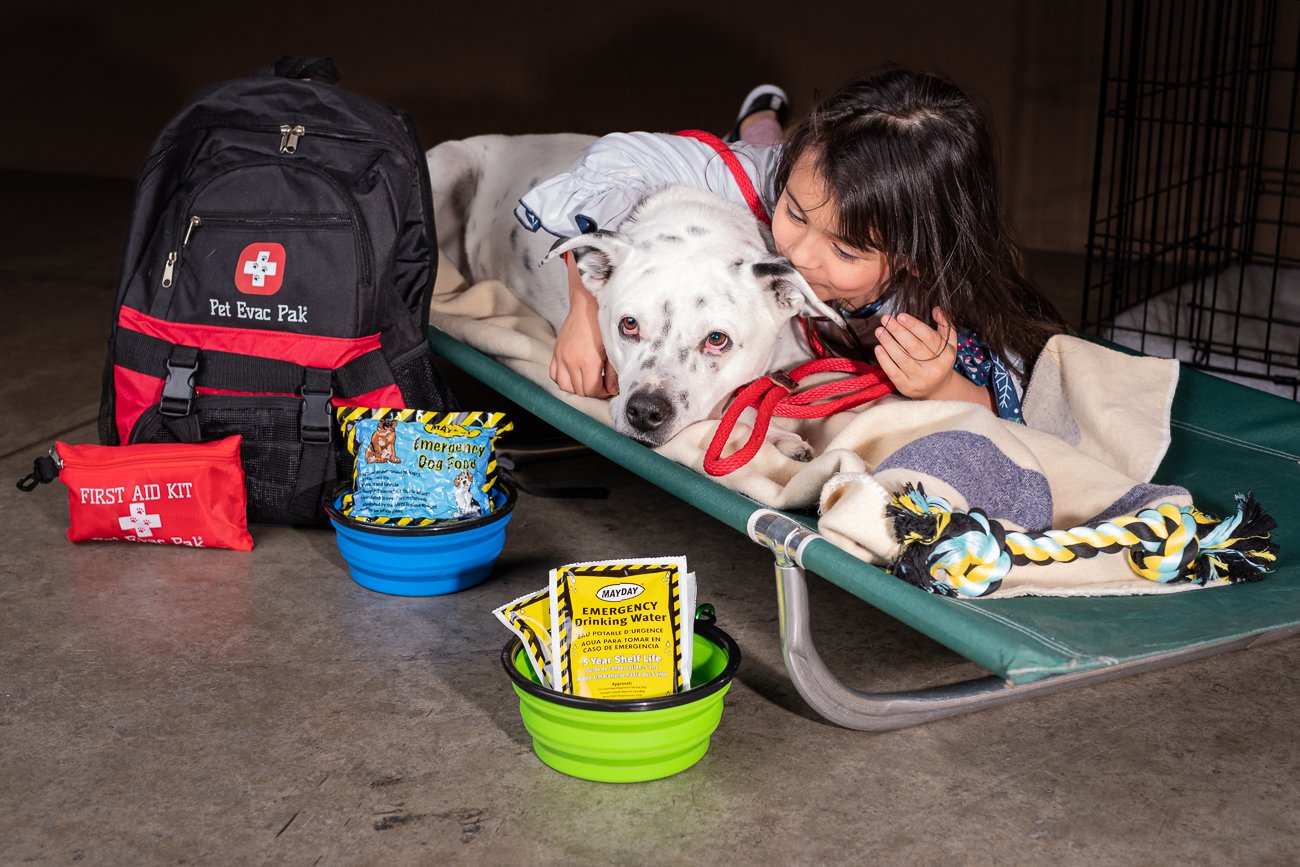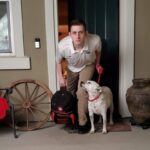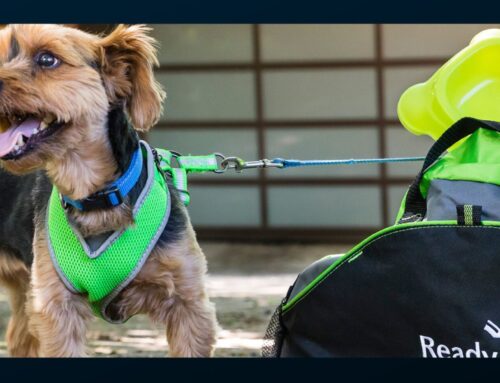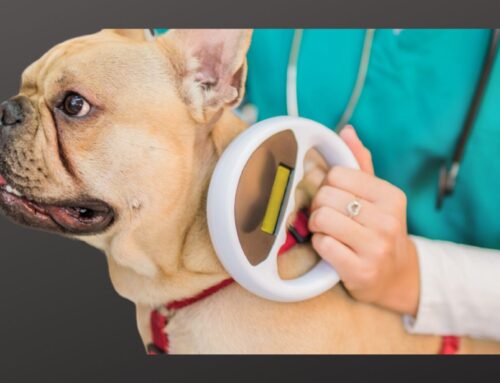National Animal Disaster Preparedness Day is observed every year on May 8th by the Federal Emergency Management Agency. This day is set aside to raise awareness of disaster preparedness for animals and how to cater to them in dire situations.
While National Animal Disaster Preparedness Day is about all animals including wildlife and livestock at Pet Evac Pak we are focused on our pets, primarily our dogs and cats.

Until you have had to evacuate you can’t grasp the emotional and physical effect it can have on you and your family. You are not sure if your home survived or when you might be able to return. Even if you have friends you can stay with or can afford a hotel room, it can still be devastating, not knowing what is going to happen. Now imagine you have had to leave your pets behind because you were not prepared to take them. Wondering how or did they survive?
It doesn’t take long or cost a lot of money to make a plan and have a go-bag ready for your pets. We have compiled a list of things you can do to ensure your pet is ready and a checklist of items your pet will need.

- Crate Training your pets: Most pets are den animals and like a nice quiet place to relax. If you have to go to a shelter, a friend’s house or even a hotel you might need to have them in a crate. If the Red Cross does let your pet into the shelter, they will not only have to be socialized they will need to be crate trained.
If your pet is not crate trained it can take some time to get them used to it. I would start by ensuring I have a size-appropriate crate for my pet. They should be able to stand up and turn around in the crate easily. Next, I would put it in an area where your pet hangs out during the day. Leave the door open and feed them in it every day. Give them treats in it and make it a happy place for them. Once they get used to it, you can start closing the door for short periods so they know it’s a safe space. NEVER punish them by putting them in their crate or they might associate it with something bad.

- Car rides with your pets: Does your pet travel with you? Most of us only put our pets in the car when we take them to the vet. This can associate the car ride with something scary or bad.
If your pet has never been in the car start now. Start by just putting them in the car, treating them once they get in and then letting them get out. I would do this several times a day for a few days, just so they get comfortable getting in and out of the car. Then I would take them for short rides around the block, to a park for a quick walk, or even to a local Starbucks for a puppuccino. Make it something fun. Before you know it, your pet will start to love car rides!
- Walking on a Leash: Not all pets like walking on a leash, especially cats can be a challenge. But if you start now, it might save your pet’s life down the road. I walk my dogs every day and I often see a neighbor who just got a new Boxer mix puppy a few months ago. He is probably already 30 pounds. But he will just sit down on the sidewalk and not move. This has been going on for a couple of months now. I suggested to her if he is treat-motivated she could try a lure stick or she could walk with my pack to see If that motivated him to walk. Walking with my pups did the trick that day but she was going to purchase the lure stick so she could use that when we were not around.
There are lots of great training videos out there that can help. Start with the appropriate collar and leash. I like the martingale collars when I start training because I know my pet can’t slip out of them and get loose. I would personally never use a retractable leash when training. You must keep control so I would use a standard 6’ leash. If your dog pulls and is not paying attention to you let them get to the end of the leash and turn quickly and go the other way. Continue to do this until they are focused on where you are headed. Then treat them and give lots of praise when they look at you. If they continue to pull you might need a different training collar like a choke or pinch collar, especially for bigger dogs.
- Plan your routes. This could be crucial based on which direction the disaster is coming from. If you only have one way out you might have to evacuate on foot.
- Make sure your pet is microchipped in case you get separated. Make sure your contact information is up to date.
- Have a buddy system with a close friend or neighbor that can help you rescue your pets if you are not home. Make sure they know where you keep their emergency kit.



Here is a list of items we put in our Pet Evac Paks. All Federal agencies recommend having a minimum of 72-hour supply ready to go. There are a couple of reasons. First, it can take up to 72 for shelters to get set up once the disaster has passed and second you will usually know within that 72 hours if and when you might be able to return home.
- Bag – Let’s start with what you need to put your pet’s emergency supplies in. If you need to keep your hands free then you might want to look at a backpack. If you have a small pet, you will need a carrier for the pet and a cinch bag or backpack for emergency supplies. If you have multiple pets then maybe a roller bag or suitcase with wheels will do.
- Water – Enough for at least 72 hours. The general rule of thumb is your pet will need ½ to 1 ounce of water per pound of body weight per day. For example, a 20-pound dog would need 10 to 20 ounces of water per day. Your pet can survive for a couple of weeks without food but they can start to shut down after 72 hours without water. What is the difference between regular drinking water and Emergency Drinking water? Answer!
- Pet Food – at least 3 to a 5-day supply. If you have to go to a shelter the Red Cross will not have food for your pets. We do not recommend repackaging your pet’s food. Kibble can start to go bad after 2 to 3 weeks once you open the bag. If you want to use your pet’s own food buy a small bag and keep it rotated based on the expiration date on the bag.
- Bowls – For the food and water. Lightweight collapsible travel bowls are perfect when you need to bug out.
- Slip Lead – We recommend a slip lead so you can grab your pet and get out quickly. You might not have time to buckle a collar or harness on your pet. A slip lead is a collar and leash in one and is used by veterinarians and rescues to keep pets from getting loose. Is there a right way and a wrong way to use a slip lead? Answer!
- First Aid Kit – Make it pet-friendly with products designed for pets. The last thing you want is a sick pet because you used a product that wasn’t designed for pets.
- LED Light – in case you need to evacuate at night. You want to make sure you can see your pet.
- Blanket – Even a Mylar Blanket can help with warmth if your pet is wet or cold to keep them from going into shock.
- Poop bags – Because you never know when you will have to pick up after your pet.
- For Cats – Litterbox, litter and scoop
- Medications – At least a 5-day supply – It could be several days before you can either get home or to a vet to refill prescriptions.
- Documentation – Have a copy of their shot records in case you need to board them.
- Waterproof container or Pouch – Perfect to keep medications and documentation dry and safe.
- A photo of you with your pet is always good for identification purposes.
- ID tag and ID Card. It’s important to have your pet identified. The card can be attached to the crate or kennel if needed.
- Toys – Your pet’s favorite toy to help keep them occupied.
We hope this information helps you with your pet’s emergency planning. If you have multiple pets we have a custom build-your-own-pack page that will walk you through what you will need for your pets.
Our pets are part of our families. Make a plan today to keep them safe tomorrow.





